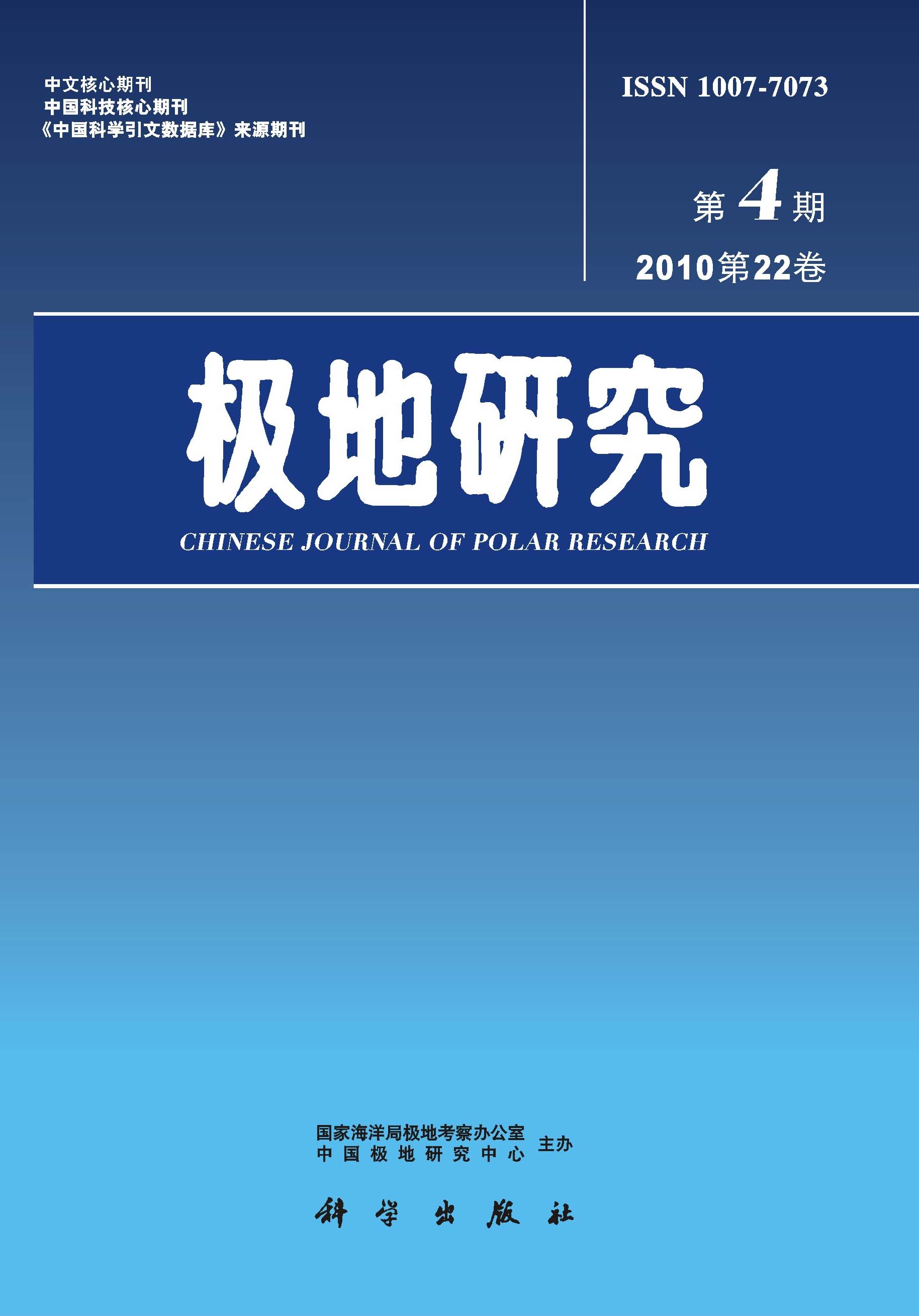The magnetosphere-ionosphere coupling, which involves many basic physical processes including magnetospheric convection, is an important topic in research of the polar ionosphere. An overall investigation of the complicate temporal and spatial variation of the polar ionosphere has been developed only after the use of the incoherent scatter tech- nique which can simultaneously observe several parameters of the polar ionosphere, such as the electron density (Ne), the electron temperature (Te), the ion temperature (Ti) and the component of its drift velocity along the radar beam (Vi). Five samples are chosen in this work: Jan. 28-29, Aug. 13-14 and Nov. 13 (around 0 UT) represent the disturbed cases; Nov. 12-13 (except nearby 0 UT) and July 15-16 offer examples of the quiet cases. All samples are from 1985, except the last one, which is from 1986. The significant effect of the magnetosphere-ionosphere coupling on the feature of the polar ionosphere can be seen clearly from these samples During geomagnetic storms, following the increase of the inflation rate of the ring current, the ion drift velocity (representing the convection electric field) increases significantly and the electron distribution of the polar ionosphere is much different from that of its normal state, Even during the geomagnetic quiet days the effect of plasma convection can be seen from the diurnal and seasonal variation of the electron density. The main characteristics of the polar ionosphere during the disturbed days are the abrupt decrease of NeF and the significant increase of NeE, and NeE is often large than NeF. The decrease of NeF is connected with the enhancement of magnetospheric convection which may influnce the lose rate of ions at F-region, while that the ionization rate of the electron flux with high energy reaches its maximum at the altitude of the E region. It could explain the increase of NeE. Furthermore, the convection during quiet days may bring the ionized gas from the polar region of white night to the subpolar region, where has no solar radiation It can help to maintain the Ne there at midnight. The magnetosphere-ionosphere coupling can also cause both 77 and Te to increase through the Joule heating by increasing E-field and the energy input of the precipitating particles. The observations demonstrate that the polar ionosphere can be regarded as a panoramic screen of the basic physical processes in the magnetosphere and ionosphere. It is well known that many physical problems need to ascertain by the well designed experiments. Therefore, several important problems can be investigated by the simultaneous observation in southern and northern polar regions (especially at the magnetic conjugate points). The topics include the driving of the magnetospheric convection (by either eiec-tric potential or current); the process which may cause the dawn-dush asymmetry of convection; the reversal of the convection and the transport process in the magnetospheric boundary layer, and the effect caused by the deviation of the geomagnetic axis from the geographic axis, etc. All these are worth to further discuss after the studies in the southern polar region. In one word, the study, which has been done for the northern polar ionosphere, needs to be repeated at the southern polar region. Especially, well-planned simultaneous observations in two polar regions and the comparative study of the results will be very useful. Possibly,it will cause a breakthrough in the magnetospheric study at last.

